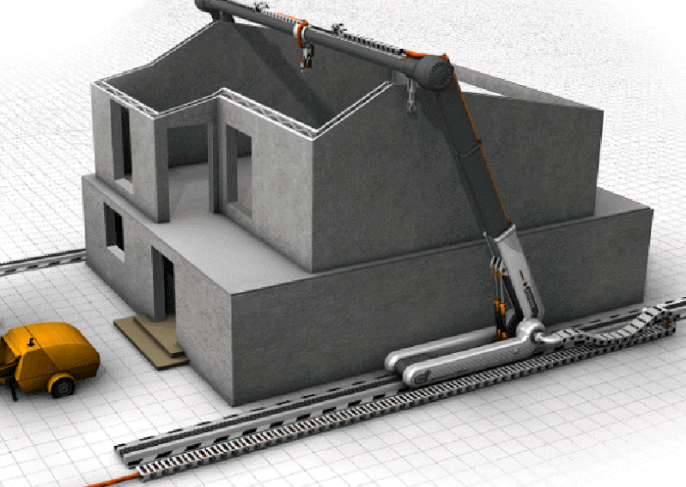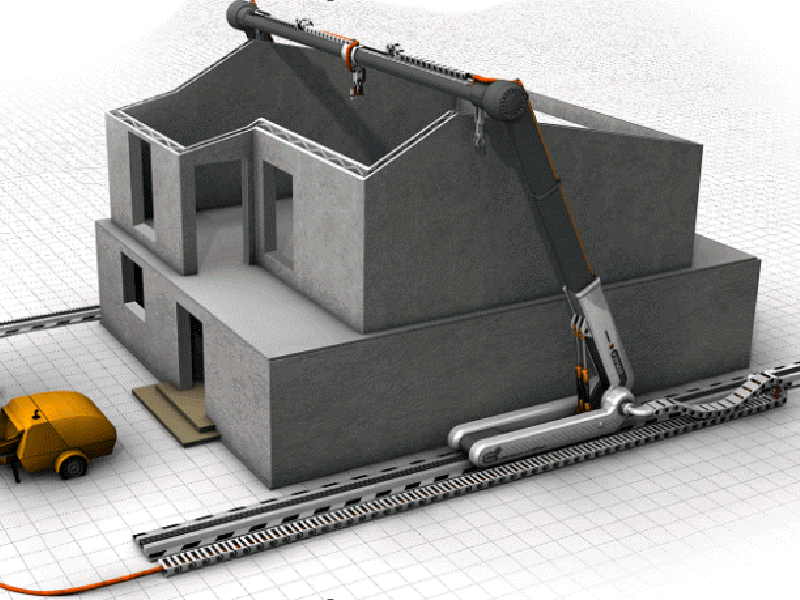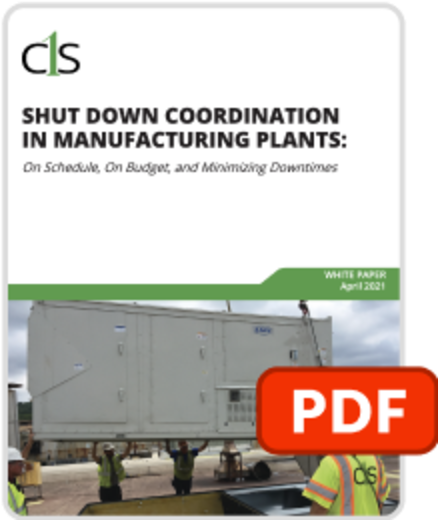Could 3D Printing Revolutionize Construction?


3D printing is a fast-growing technology that offers many advantages in manufacturing. But can this same process be adapted to the construction of buildings? It appears the answer is yes. Both researchers and construction companies are actively exploring the application of 3D printing to construction, which could revolutionize the industry and even impact the affordability of housing and other buildings.
There are a variety of ways 3D printing is used to construct buildings. One application is to 3D print building components such as cladding, structural panels, and columns. Using this method, a Chinese company 3D prints components in a factory, ships them to a building site and then puts them together to construct the building. By integrating digital fabrication with factory-based construction manufacturing, the company claims to save 30-60 percent on construction waste, reduce construction time by 50-70 percent and lower labor costs by 50-80 percent.
Another 3D printing method used in construction is called Contour Crafting. With this technique the 3D printer uses a fast-drying concrete and composite mixture that is thicker than regular concrete, which allows it to be self-supporting as it sets. The printer, which is attached to a programmable crane on a scaffold, is installed at a building site and builds layer upon layer of the building. The printer is capable of creating complex shapes at a fast speed with virtually no wasted material.
The human touch is still necessary, however, because the printer only creates a shell. To complete the building, workers must manually install electrical, plumbing, doors, windows, joinery and finishes. A modification of the Contour Crafting method calls for erecting the frame of the building, complete with rebar support, plumbing and pipes. Next, the 3D printer is used to pour concrete on both sides of structural material, encasing it within walls. For proponents of 3D construction, the goal is for components such as plumbing, electrical and wiring, to be printed in a single iteration.
The development of 3D printing for construction offers many potential benefits because 3D printing:
Is an environmentally friendly process that reduces construction waste because builders only print what they need
Furthermore, recycled products can be used to produce construction materials, and 3D printing supports the development of new green and sustainable construction materials
Is a faster, more accurate construction process because the 3D printer transfers the digital model into a physical one
Reduces labor cost because the printer does most of the work, does the work faster and can work around the clock
Reduces health and safety risks because many dangerous jobs on site are replaced with the printing process
Can promote the creation of affordable shelter, especially in developing countries
Facilitates the construction of complex architectural designs
Some of the disadvantages and downsides of 3D printing as a construction process are:
Equipment costs are high for the large 3D printers
Transporting 3D printers and components to job sites, especially remote ones, as well as storing the equipment, could be expensive
Reduced employment for construction jobs and for companies that produce products used in construction because the 3D printer does most of the work
Printers may not be able to use multiple materials, which limits the number of materials that can be used in a structure
Any errors in the digital model could result in problems on site during the printing/construction phase
3D printed buildings may not be safe. There is little research on the structural stability of 3D printed buildings over the long term and in the event of a natural disaster, such as an earthquake
So what advances are being made regarding 3D printing and construction and where is the technology headed? Here are some examples:
A Chinese company has built a large home using a robotic arm attached to a 3D printer head. The full-sized house was printed onto a steel frame in just 45 days, instead of the three months required for typical construction. According to the builder, every wall is 250mm thick and the structure can withstand an earthquake that measures an 8 on the Richter scale
Because the 3D printer arrays used to create buildings are quite large, a group of researchers has tested using a series of “minibuilders” that are the size of desktop printers instead of one large machine. These 3D printers are easy to transport, which removes the logistical problem of placing a huge printer on a building site, and allows them to work anywhere, from remote areas to the most crowded cities
Researchers are exploring how to combine soil with a few additives to create a strong, durable building material for 3D printing. Using the soil on site could reduce the cost of bringing building materials (like concrete) to a construction site and can facilitate building in remote areas as well
In another twist on 3D printing buildings, researchers at a French university are exploring how to quickly 3D print shelters to protect people from the elements in the event of a natural disaster, such as an earthquake or hurricane. The goal is not to create a durable or even attractive structure, but to deliver basic shelter as fast as possible
3D printing may even be out of this world. The European Space Agency (ESA) and NASA are looking at using 3D printing to build structures on the Moon or even on Mars. They are even exploring how to use lunar material to construct buildings in order to eliminate the cumbersome step of taking construction materials into space
As futuristic as it sounds, the concept of 3D printing buildings is a viable idea that is beginning to show promise. C1S Group is not 3D printing any of our projects, yet. But we always keep an eye on the latest advances in construction technology and we are open to whatever viable, new construction methods emerge in the future.

Get the scoop on shut down coordination in manufacturing plants.

